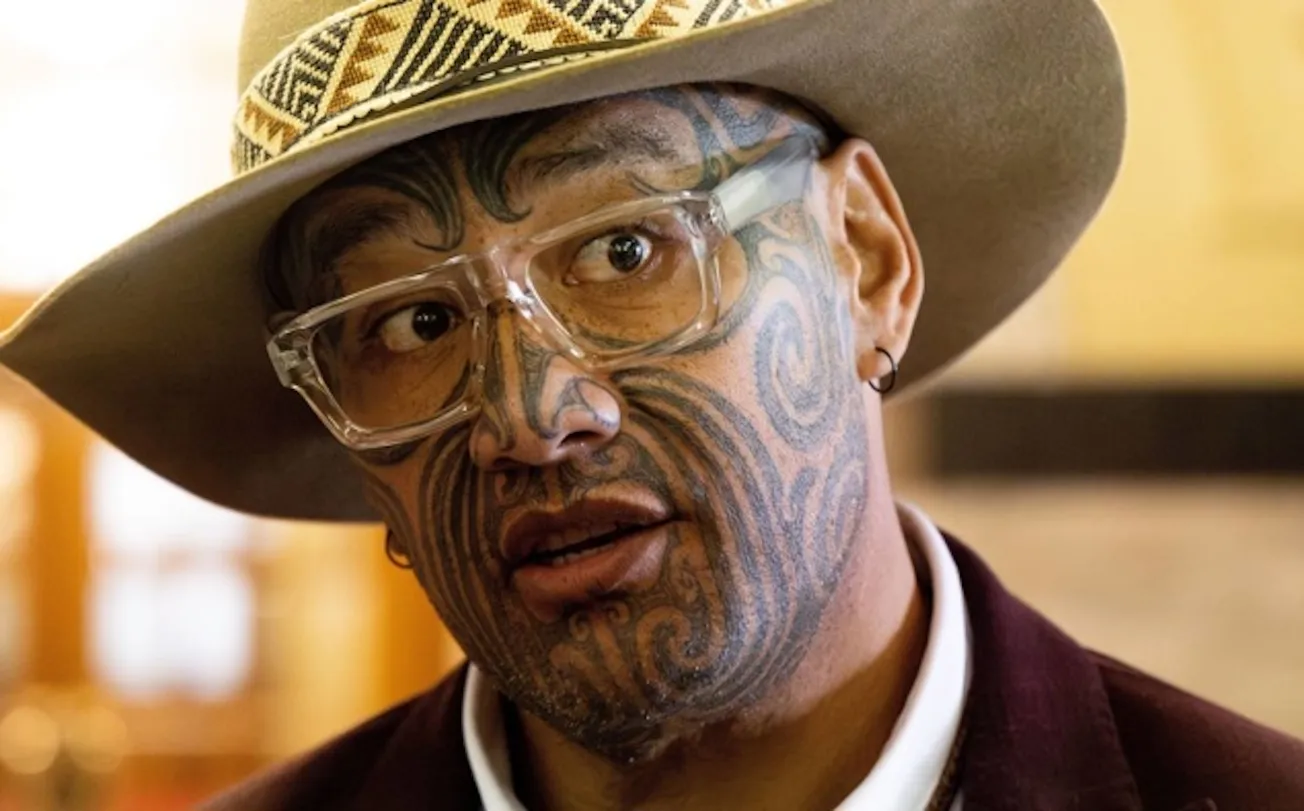Table of Contents
Adrian Beaumont
This Friday at 2 pm (12pm AEDT), New Zealanders will find out the final results of the October 14 election. This tally will include the estimated 567,000 special votes not reported in the preliminary results on election night.
Special votes tend to take a long time to count because they include votes cast outside a voter’s home electorate. These votes need to be posted back to the home electorate and checked against the electoral roll before they can be counted.
The decision to release the results on a predetermined day three weeks after the election, rather than providing progress updates as the count is completed, has been criticised. Rolling updates during the counting process, much like Australian state and federal electoral commissions, are preferable.
In past elections, special votes have favoured left-wing parties, costing the right one or two seats from the preliminary results.
It’s expected 2023 will follow the same pattern. If it does, this will mean the two party coalition made up of the National Party and ACT will need to expand to include NZ First.
So what are the possible combinations New Zealand could see when parliament sits next?
Special votes likely to hurt National
According to the preliminary results, National won 50 of the 121 seats in parliament, Labour 34, the Greens 14, ACT 11, NZ First eight and te Pati Maori/the Maori party four. This gave the right-wing coalition of National and ACT 61 seats, just enough for a majority.
But the results, as they stand, point to the distinct possibility of an “overhang”. An “overhang” occurs when a party wins more single-member electorates than their party vote should entitle them to.
This year, te Pati Maori won four of the seven Maori-roll electorates on a party vote of 2.6%. They were entitled to three seats, but kept their fourth seat with parliament expanded to 121 seats from the normal 120.
Some commentators believe the most likely outcome after counting of special votes is for National to lose two seats, one to Labour and one to te Pati Maori. However, the seat gained by te Pati Maori would entitle them to four seats, eliminating the overhang.
If this happens, National would end up with 48 seats out of 120 and ACT would stay with 11. The right-wing coalition would end up with 59 seats out of 120 – not enough for a majority.
Even if National, as expected, wins the November 25 by-election in Port Waikato that was triggered by the death of an ACT candidate after early voting had begun, the right coalition would hold 60 of the 121 seats, one short of a majority. Labour, the Greens and ACT won’t contest the by-election, so National’s only significant opponent is NZ First.
In this likely scenario, National would need NZ First as well as ACT to achieve a parliamentary majority.
The close Maori seats
There are two close Maori electorate seats where Labour is leading te Pati Maori by under 500 votes in the preliminary results. While the outcome in an electorate seat is usually unimportant for determining seat entitlements, if te Pati Maori won one or both of the electorates where they currently trail, the overhang would be extended.
If the 2020 vote pattern holds up in both these seats, Labour will narrowly win both. However, the other Maori electorates were much more favourable to te Pati Maori in 2023 than in 2020. Labour won six Maori seats in 2020 and te Pati Maori one.
But in 2023, te Pati Maori has won four electorates while Labour has won one. The other two are too close to call until the results of the special votes have been released.
It is important to note that votes cast outside a voter’s home electorate may reflect the general disposition of the electorate they are cast in. It’s therefore possible that special votes in the close Maori electorates that are cast elsewhere will be better for te Pati Maori than expected.
A possible but unlikely scenario
There is the outside possibility of a National–ACT majority.
To achieve this, National would need to lose just one seat, and that seat would need to go to te Pati Maori. At the same time, te Pati Maori would need to fail in gaining another electorate. This scenario would give National and ACT a combined 60 seats out of 120, as there would be no te Pati Maori overhang.
National would then need to win the Port Waikato by-election, giving the right coalition parties a total of 61 of the 121 seats – enough for a majority.
This is possible but, based on previous elections, unlikely. About 20% of the overall vote comes from special votes. In 2020, National performed 22% worse in the special votes compared with those counted on the night.
So, the most likely outcome is that NZ First will be needed for a right-wing governing majority.
This article is republished from The Conversation under a Creative Commons license. Read the original article.








